Top speed 225 km/h | Wingspan 20 m | |
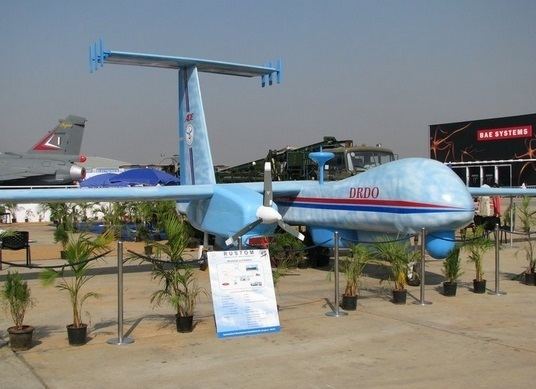 | ||
Drdo rustom 2 unmanned aerial vehicle uav
The DRDO Rustom (English: Warrior) is a Medium Altitude Long Endurance unmanned combat air vehicle (UCAV) being developed by Defence Research and Development Organisation for the three services, Indian Army, Indian Navy and the Indian Air Force of the Indian Armed Forces. Rustom is derived from the NAL's LCRA (Light Canard Research Aircraft) developed by a team under the leadership of late Prof Rustom Damania in the 1980s. The UAV will have structural changes and a new engine. Rustom will replace/supplement the Heron UAVs in service with the Indian armed forces.
Contents
- Drdo rustom 2 unmanned aerial vehicle uav
- Design and development
- Variants
- Current status
- Rustom 1
- Specifications
- References
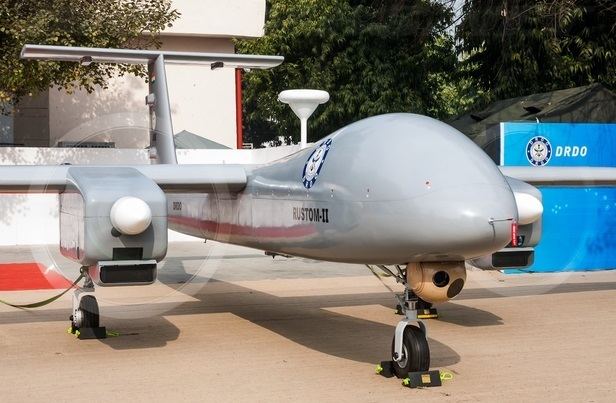
Design and development
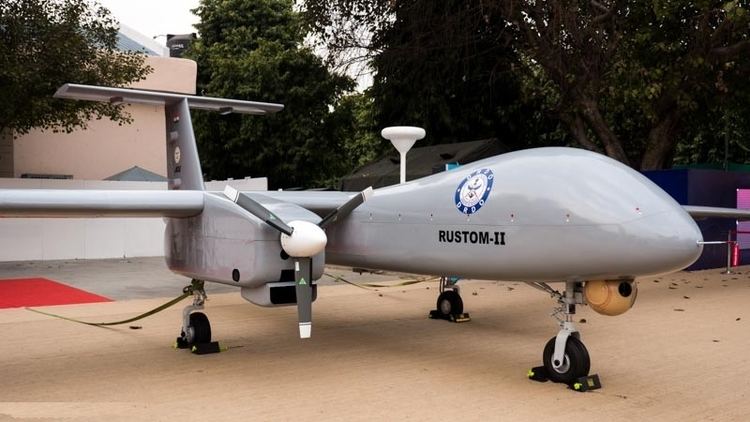
Rustom-1's basic design is derived from the NAL light canard research aircraft (LCRA). The aircraft has been named after Rustom Damania, a former professor of IISc, Bangalore who died in 2001. As a Parsi, Rustom himself was named after the Parthian general Rostam Farrokhzad in the Sassanid court who fought the Muslim Arabs. DRDO decided to name the UAV after him because it is derived from National Aerospace Laboratories' light canard research aircraft (LCRA) developed under Rustom Damania's leadership in the 1980s.
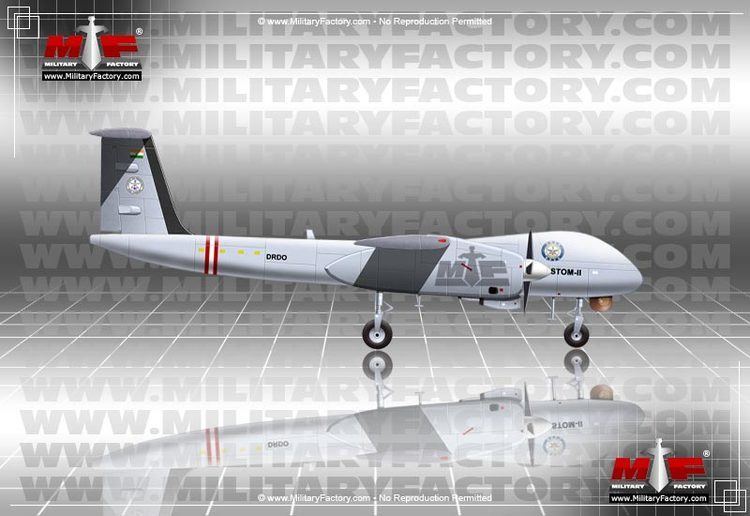
With the Rustom MALE UAV project, DRDO intends to move away from traditional ways of developing products whereby laboratories under DRDO, like the Aeronautical Development Establishment (ADE), which is involved in this project, develop and finalise the product and transfer technology to a production agency.
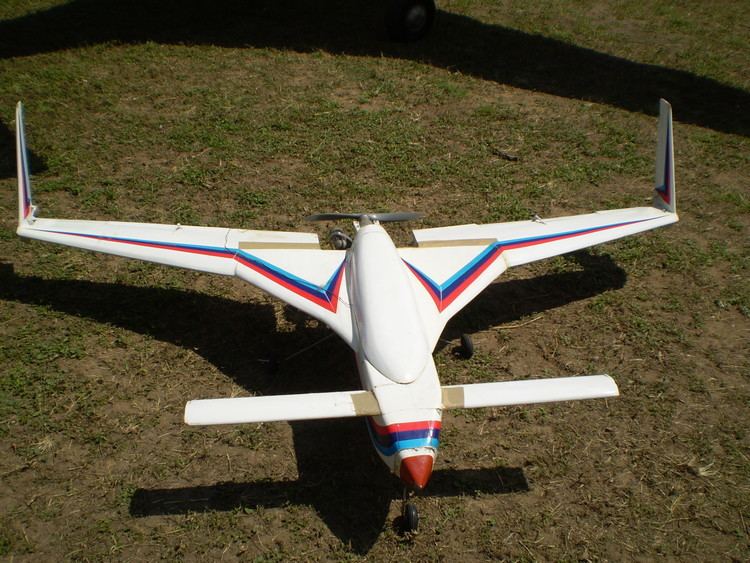
DRDO will follow a practice of concurrent engineering where initial design efforts also take into consideration production issues, with the production agency participating in the development of the system right from the design stage. The agency will also follow up issues related to infrastructure and expertise for the product and its support, thereby overcoming time delays in crucial projects.
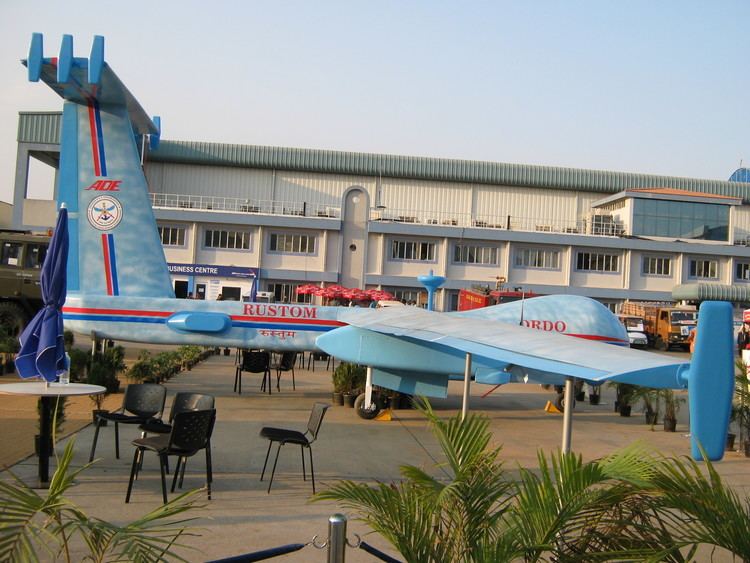
Rustom-1 which bears an uncanny resemblance to Rutan Long-EZ designed by Burt Rutan has a wingspan of 7.9 metres and weighs 720 kg, will be launched by the conventional method and not the launcher as in the case of the DRDO Lakshya. Rustom will be able to see the enemy territory up to a distance of 250 km and carry a variety of cameras and radar for surveillance.
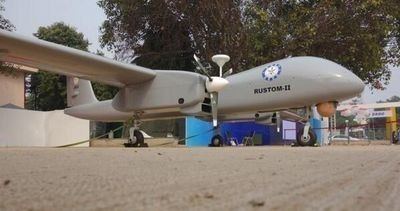
Rustom-H, built on a different design, owes nothing to Burt Rutan's Long-EZ design. It is a Medium-Altitude Long-Endurance (MALE) Unmanned Aerial Vehicle (MALE UAV), a twin engine system designed to carry out surveillance and reconnaissance missions. Rustom H will have a payload capacity of 350 kg.
The range of advanced technologies and systems include the following:
Variants
There will be three variants of the Rustom UAV.
Current status
The Indian government has allowed the development of the Rustom MALE UAV project in association with a production agency cum development partner (PADP). The ADE officials indicated that the requests for proposals (RFP) would shortly be issued to four vendors which are the Tatas, Larsen and Toubro, Godrej and Hindustan Aeronautics Limited-Bharat Electronics (joint bid) who were chosen out of the 23 firms that responded.
Currently, negotiations are underway between these companies and the three Indian armed forces since the private majors are looking for support and commitment from them before they start executing any development and production plans. This is because of the fact that the chosen PADP will also have a financial stake in the Rustom project. The Armed Forces would also be asked to take up a financial stake and the Indian government may have to guarantee that a specific number of Rustom UAVs will be bought.
Rustom-1
The first flight of Rustom-I UAV took place on 16 November 2009 at the Taneja Aerospace Air Field near Hosur. The demonstration resulted in the prototype crashing to the ground. Stated by the DRDO, the taxiing and takeoff was exactly as planned. Due to misjudgment of altitude of the flight, the on-board engine was switched off through ground command which made the on-board thrust developed to go to zero. Despite the mishap, the state-owned Defence Research and Development Organisation stated: "The flight proved the functioning of a number of systems such as aerodynamics, redundant flight control, engine and datalink, which go a long way towards the development of a complex UAV."
The second "maiden" flight took place on 15 Oct 2010. In this test flight, the UAV flew for 30 minutes at an altitude of 3000 feet. The test was conducted in Hosur. The Indian army was impressed with Rustom-1 and will use it as a MALE UAV.
Rustom-1 made its 5th successful flight on morning of 12 November 2011, flying for 25 minutes at 2300-ft AGL at a speed 100 Knots. It completed its 8th successful flight on 8 Dec 2011. It flew at an altitude of 6000-feet (max) and at a speed of 90 knots (max) during its 30 minutes flight near Hosur, claims DRDO. The highlight of the flight was that Rustom-1 was test flown with the 'gimbal payload assembly carrying daylight TV & Infra-Red camera for the first time. Good quality pictures were received from the camera in gimbal payload assembly.
The 14th Successful Flight of Rustom-1 was reported on 8 May 2012, with the attainment of about 11500 ft above ground level and speed of above 140 Kmph during 2 hrs 10 minutes of operation.
Specifications
Specifications of Rustom-1 and Rustom-H are as follows:
Data from Defstrat.com, idp.justthe80.com and stargazer2006.online.fr
General characteristics
Performance
